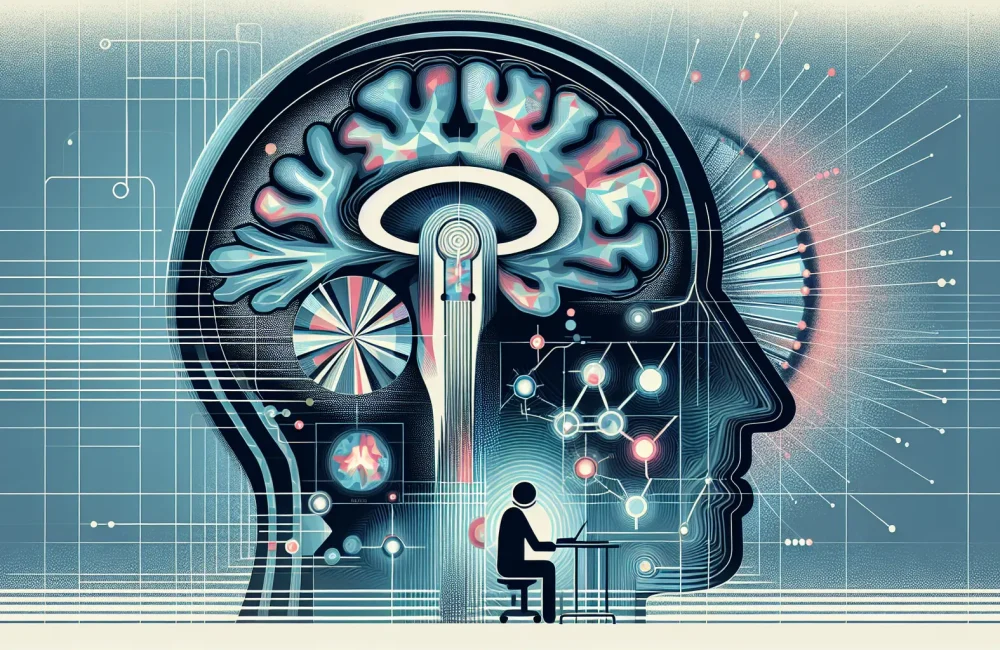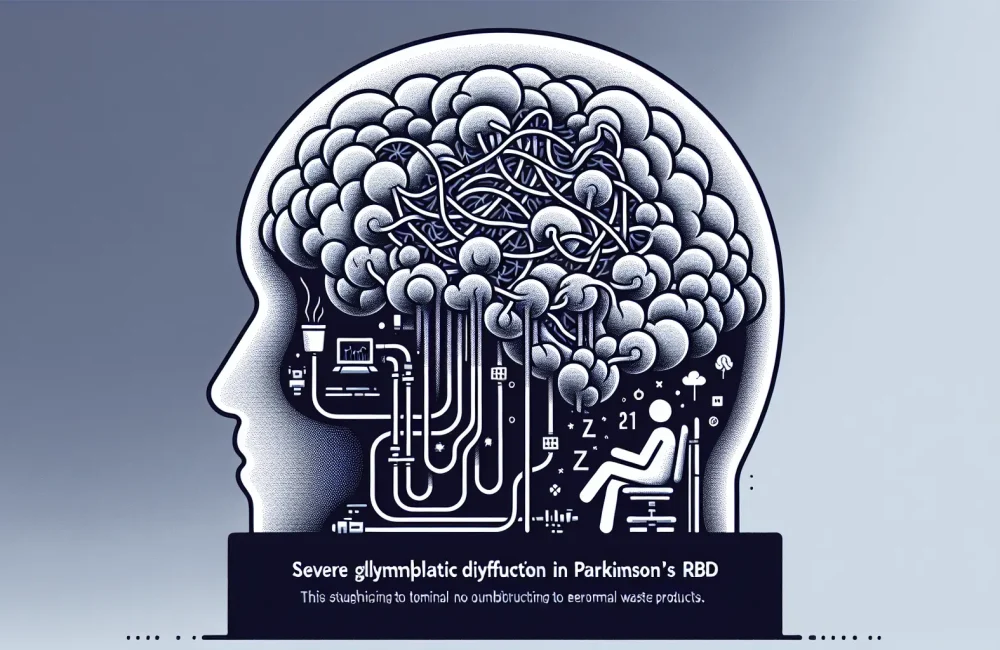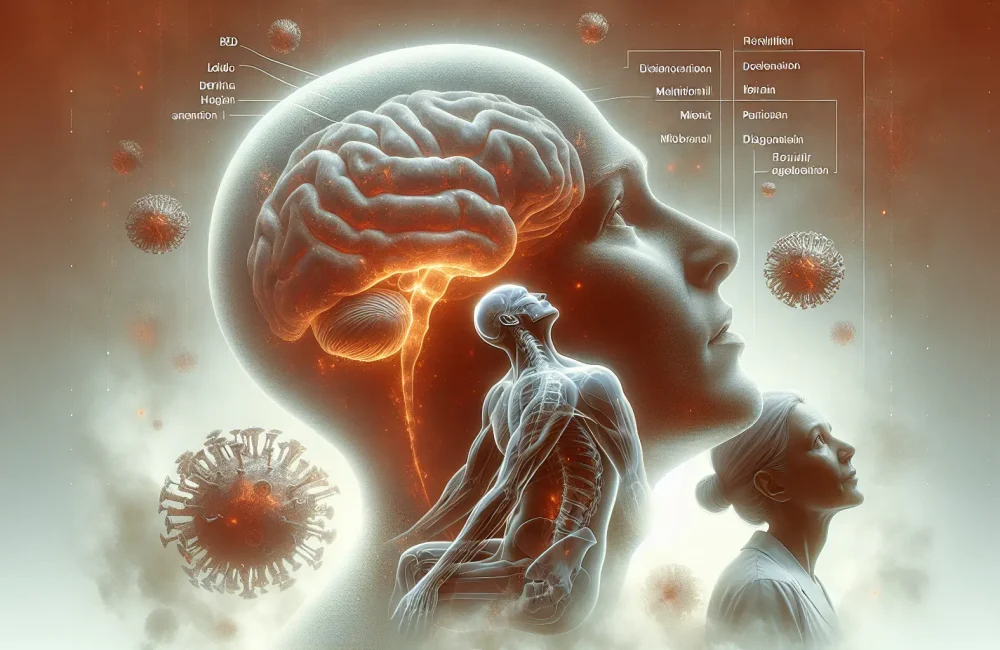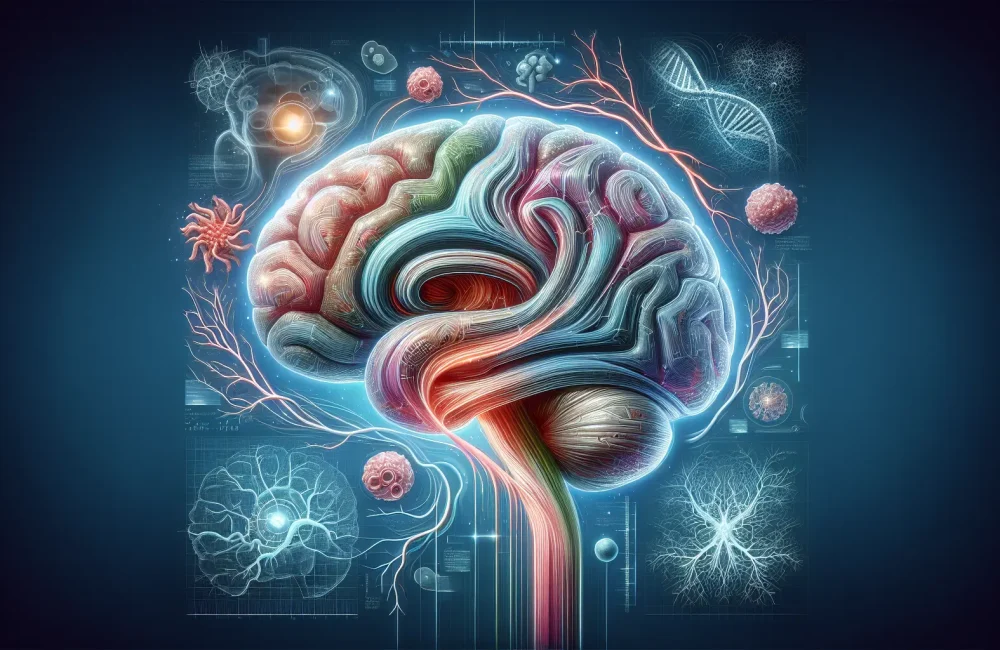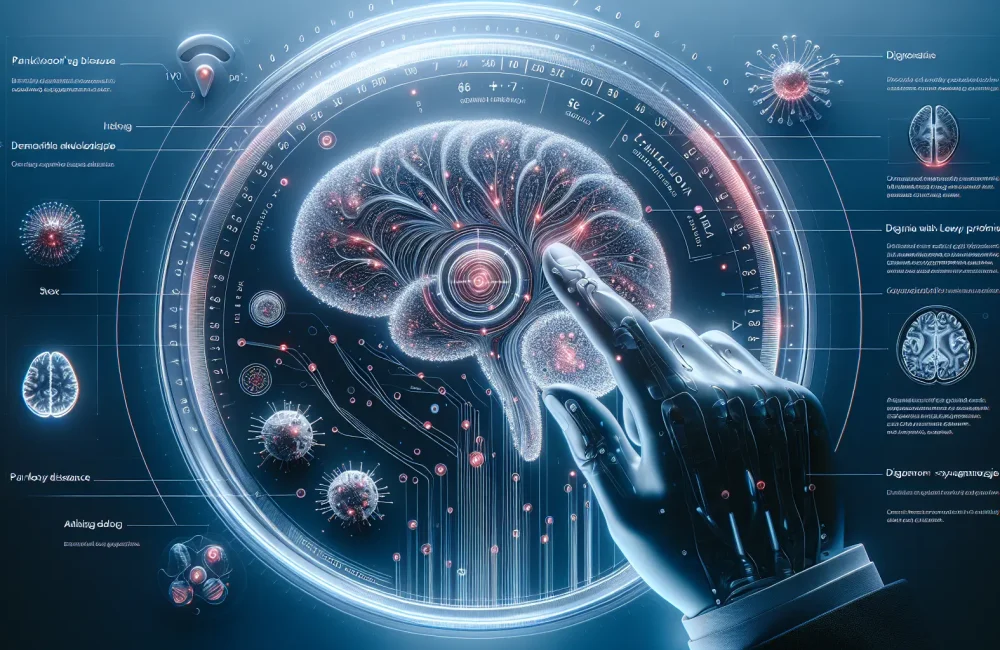By CAFMI AI From Nature Reviews Neurology
A Revolutionary Step in ALS Communication Restoration
Amyotrophic lateral sclerosis (ALS) is a devastating neurodegenerative condition that progressively damages the motor neurons controlling voluntary muscle movements, including the muscles that facilitate speech. Communication impairment is a hallmark of ALS progression — as affected individuals lose their ability to articulate words, their quality of life and social engagement deteriorate significantly. Traditional communication aids, such as eye-tracking devices or spelling-based systems, often allow patients to communicate but remain slow, laborious, and limited in conveying natural speech. A recent breakthrough described in the article focuses on a novel brain-computer interface (BCI) technology that directly decodes neural signals from speech-related regions of the brain to synthesize naturalistic speech almost in real-time. This advancement represents a transformative step forward by enabling patients with profound speech impairments to communicate with greater speed and intelligibility than existing assistive communication technologies.
Technical Insights and Clinical Implications of the BCI System
The described BCI involves surgically implanting electrodes within the motor cortex region of the brain responsible for controlling speech articulation. By capturing neural activity directly from these speech motor areas, the system translates brain signals into synthesized speech, producing audible, natural-sounding words and sentences. The participant in the study—a man with ALS—was able to communicate much more naturally and fluently than is possible with conventional spelling-based AAC (augmentative and alternative communication) strategies. From a clinical standpoint, this approach bypasses the peripheral muscle pathway that ALS disables, thus restoring communication capacity at the neural command level itself. Such technology holds significant potential to dramatically improve patient quality of life by re-establishing real-time verbal communication effectively. However, this progress requires careful planning around surgical candidacy, device calibration, ethical considerations including informed consent, and long-term follow-up to monitor device function and patient adaptation. The technology also underscores the importance of collaborative multidisciplinary care involving neurologists, neurosurgeons, rehabilitation specialists, speech therapists, and engineers.
Future Directions, Challenges, and Broader Impact
While the breakthrough BCI system marks a landmark achievement, several challenges remain before such technology becomes widely accessible. The invasive nature of electrode implantation necessitates rigorous patient selection and surgical expertise. Moreover, ongoing research is required to enhance device durability, improve signal decoding algorithms, and expand the range of communicative capabilities. Long-term clinical trials will be needed to assess sustained benefits and potential complications. From a broader perspective, this work opens new horizons in neurotechnology applications for restoring function lost to neurological diseases beyond ALS, such as stroke or spinal cord injury. Clinicians should be prepared to incorporate emerging neurotechnologies into patient counseling, care planning, and rehabilitation workflows. As these devices evolve, ethical frameworks and health policy will also need to adapt to ensure equitable access, patient safety, and data privacy. This advancement is poised to redefine how healthcare professionals support patients with debilitating communication impairments and exemplifies the power of interdisciplinary innovation in medicine.
Read The Original Publication Here

